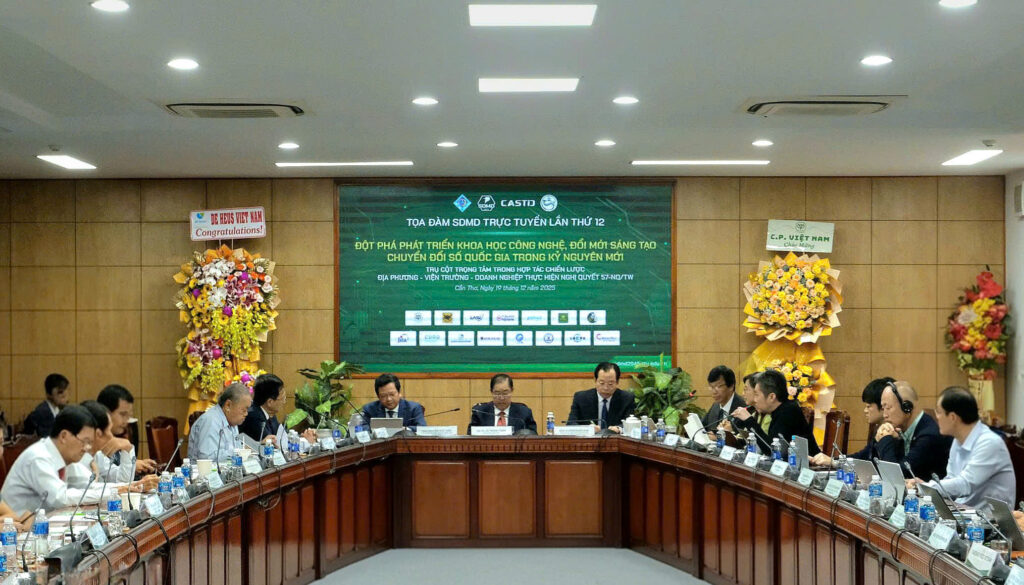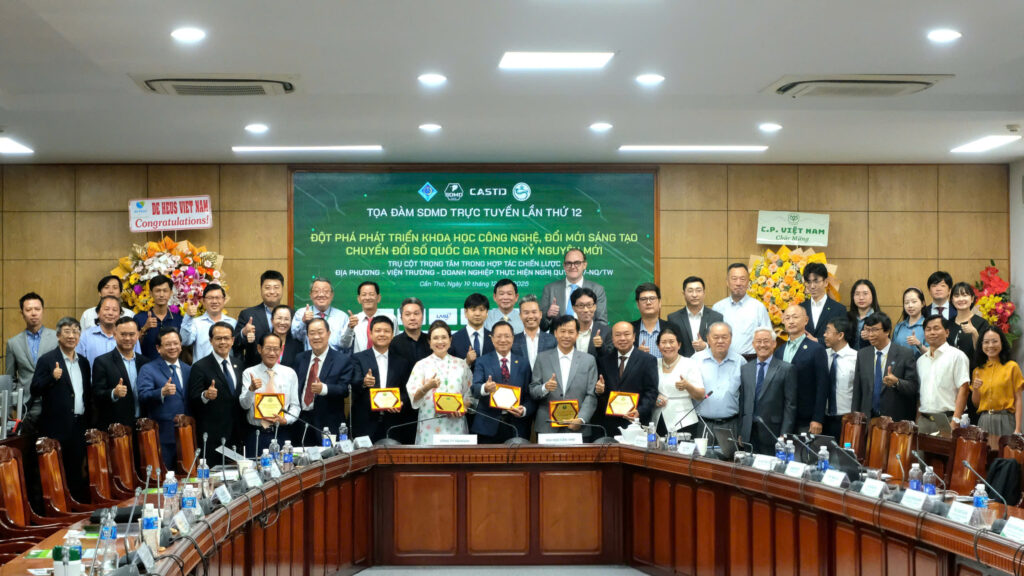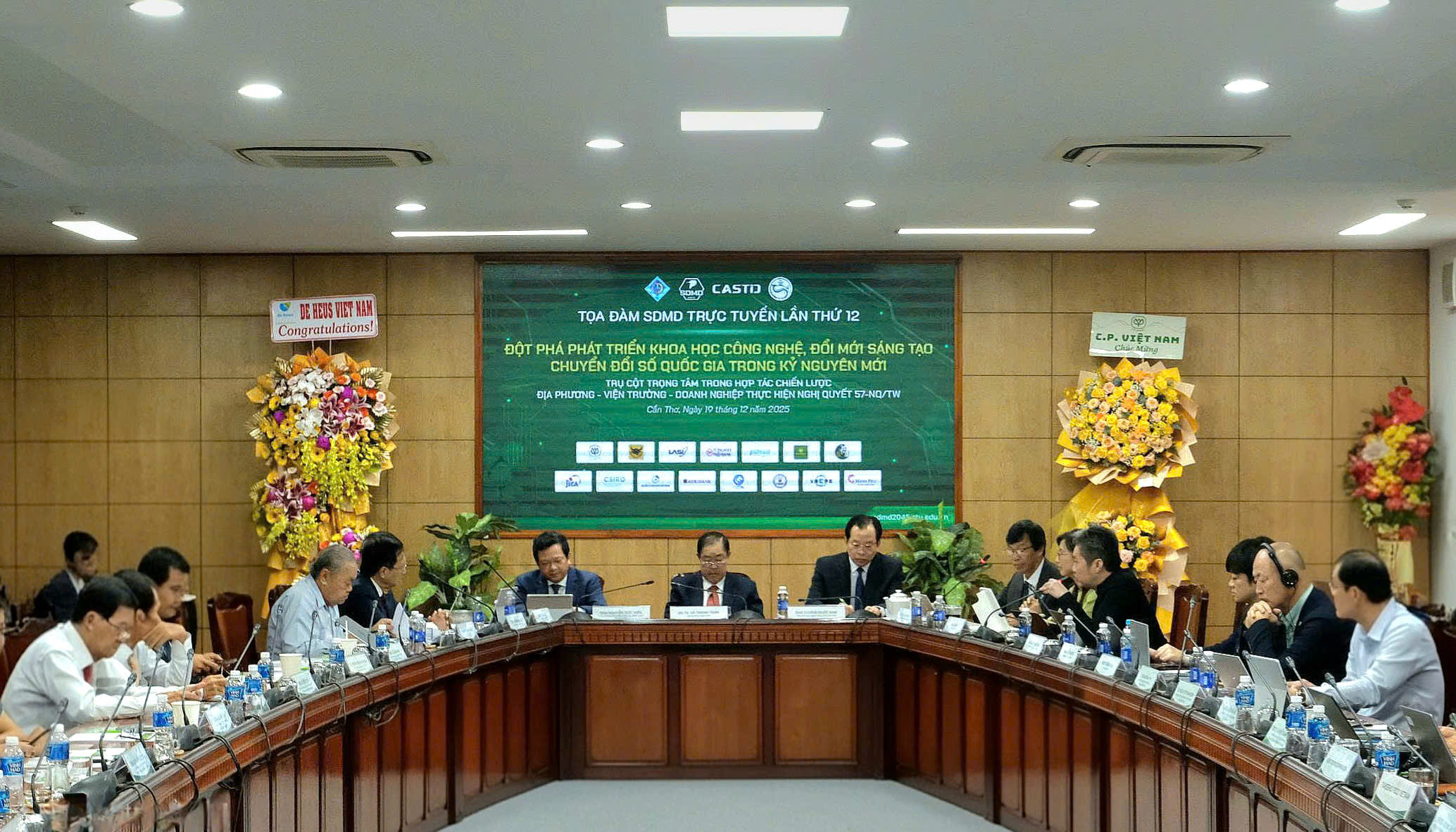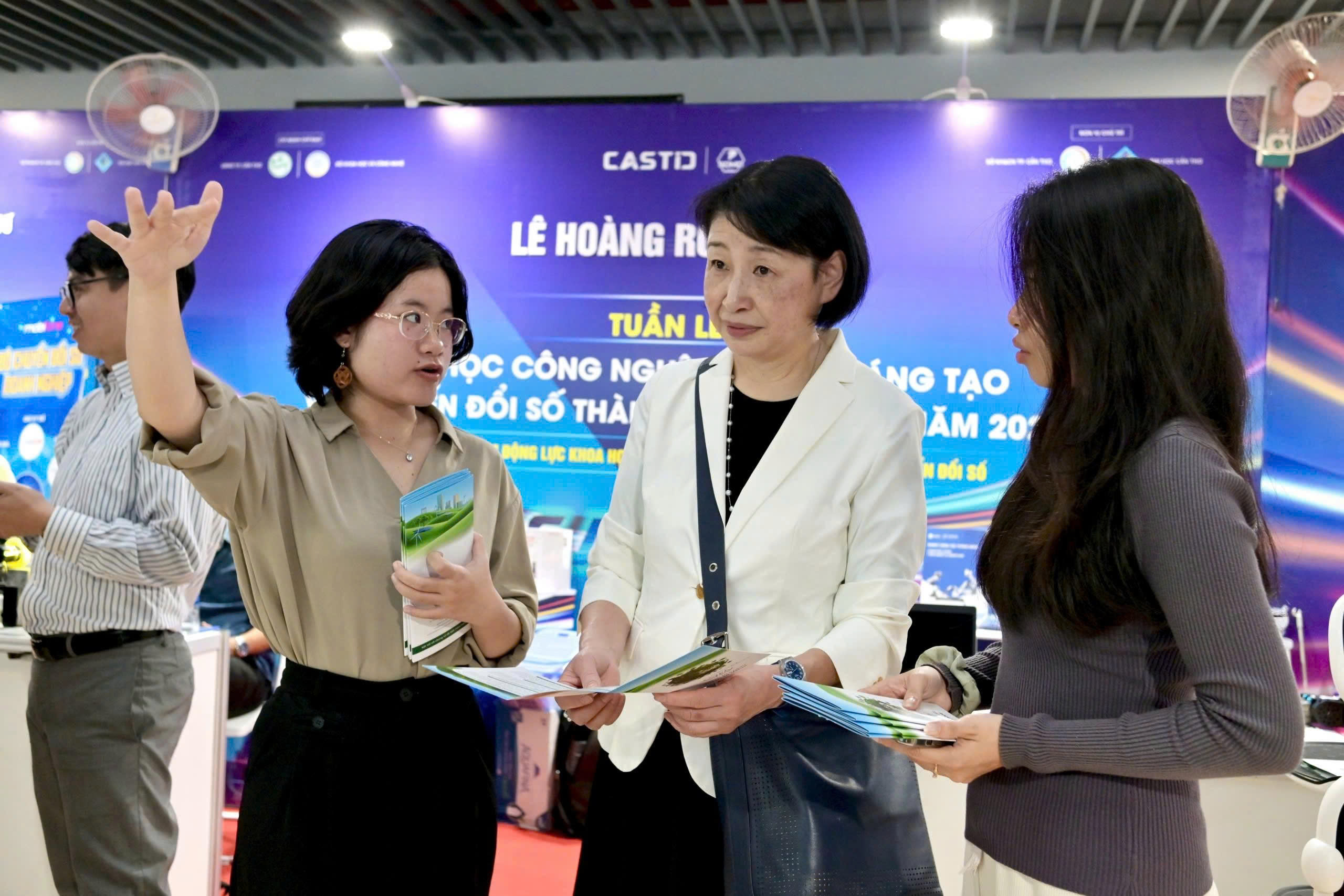CT Group Chairman Tran Kim Chung shared the key factors and strategies behind the remarkable success of exporting 5,000 UAVs to South Korea.
In a recent exclusive interview with the media, Mr. Tran Kim Chung – Chairman of CT Group and a Member of the Advisory Council under the Central Steering Committee for the Development of Science, Technology, Innovation, and Digital Transformation – revealed that the Group’s UAV export deal to South Korea, worth hundreds of millions of USD, marks a historic milestone, proving that Vietnamese UAVs are now capable of competing on the global stage.
This is also the largest UAV contract ever secured by a Vietnamese enterprise, opening up opportunities for CT Group to participate more deeply in the global supply chain. According to Mr. Chung, this achievement is the result of CT Group’s relentless efforts over the past decade.
From Failures to a Technological Breakthrough
Mr. Tran Kim Chung recalled that CT Group first began UAV research in 2016-2017, investing heavily in engineers and resources. However, the early phase was fraught with challenges, including major setbacks due to the inability to master the full technology chain.
“We missed many opportunities because of our reliance on imported components. But it was precisely from those failures that we realized: only by mastering our own technology can we sustain the long journey ahead,” Mr. Chung emphasized.

Mr. Tran Kim Chung – Chairman of CT Group and a Member of the Advisory Council under the Central Steering Committee for the Development of Science, Technology, Innovation, and Digital Transformation
Chairman Chung candidly acknowledged that the nearly decade-long journey of UAV research had gone through at least two major failures, where projects that once seemed successful ultimately had to be halted due to various reasons: lack of consensus with shareholders, the COVID-19 pandemic, and research progress that could not keep pace with market demand…
From these setbacks, CT Group reshaped its strategy, drawing profound lessons on the importance of mastering UAV core technologies and ensuring that research speed must always outpace the rate of market change. Today, the Group has established five UAV factories near Vietnam National University-Ho Chi Minh City, while also preparing to build a large-scale Aerospace Center in Ho Chi Minh City with a capacity of up to 10,000 R&D engineers. In addition, CT Group is developing a Science Park in Binh Chanh and constructing the largest UAV factory in Asia, located in Tay Ninh. These initiatives are seen as the foundation for Vietnam to build a closed-loop UAV ecosystem, spanning research, production, testing, and real-world applications.
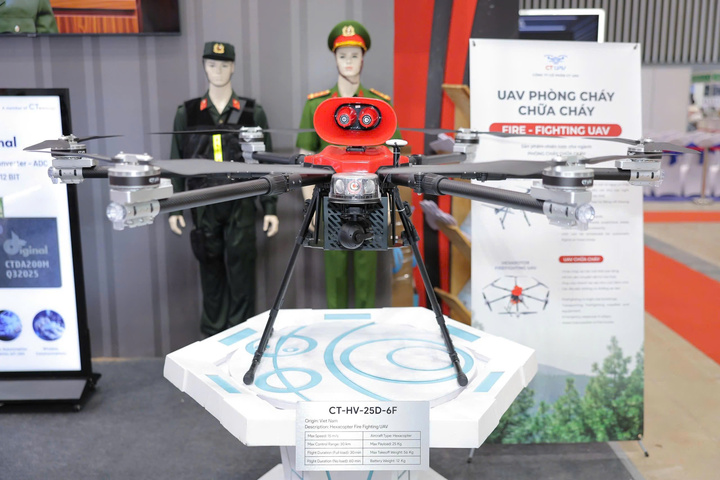
HEXAROTOR Firefighting UAV developed by CT Group
After nearly a decade of relentless effort, CT Group has introduced around 16 UAV product lines serving both civilian and defense purposes. These range from UAVs for agriculture, logistics, and security surveillance to specialized defense-grade models. A key highlight is the latest UAV, designed and developed entirely by Vietnamese engineers, slated for launch early next year. This next-generation heavy-duty UAV, with payload capacities ranging from 60 to 300 kilograms, is capable of traffic monitoring, identifying and tracking violators, supporting law enforcement in pursuits, and preventing dangerous activities-features previously found only in the advanced UAV technologies of major global powers.
Another significant achievement is CT Group’s ability to localize up to 85% of critical components. Previously, most parts had to be imported, driving up costs and creating security risks. Today, from electronic chips and circuit boards to flight control systems, CT Group can manufacture them domestically, making “Made in Vietnam” UAVs more cost-effective, secure, and globally competitive.
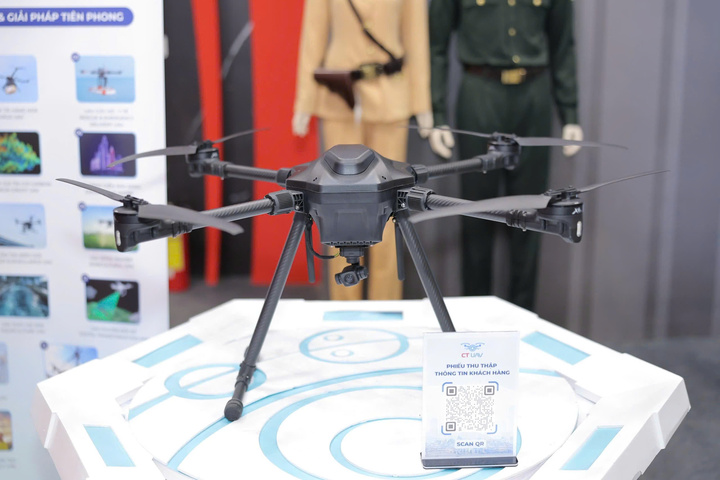
CT-SURVEY Compact 5kg Firefighting UAV
According to Chairman Chung, today’s success stems not only from financial investment but also from the dedication of hundreds of young engineers who have tirelessly worked in laboratories, overcoming failures and gradually etching Vietnam’s technological footprint on the global UAV map.
A Thousand-Unit Deal and the Question of the Future
Shortly after the landmark export contract of 5,000 UAVs to South Korea was signed, the Government expressed its strong support, encouraging CT Group to participate in a VND 500 trillion credit package to scale up investment and product development. According to Chairman Tran Kim Chung, this backing serves as a crucial driving force, giving the company confidence to accelerate its growth, as UAVs can serve both civilian and defense purposes.
To prepare for this major contract, CT Group has activated maximum production capacity across its factories. Currently, the company operates five UAV manufacturing plants and is planning to build a Space Center in Ho Chi Minh City, designed to house 10,000 engineers dedicated to researching and testing technologies related to the Low Altitude Economy. In parallel, a large-scale UAV plant in Tay Ninh – set to be the biggest in Asia – is also in the pipeline.
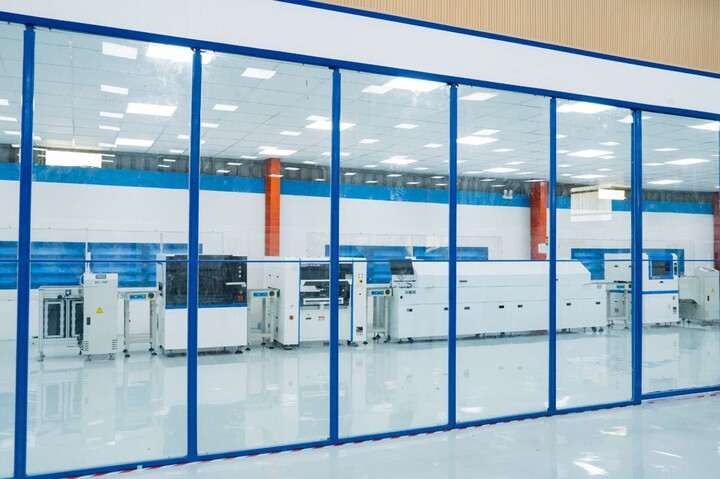
Inside CT Group’s UAV factory
With these advantages, CT Group is prioritizing heavy-duty UAVs with payloads of 60 to 300 kilograms – models that are of particular interest to South Korea for both logistics and security surveillance applications.
Alongside technological investment, the group views human capital development as a long-term strategy. “We have an abundant young workforce, but more time is needed to enhance their skills and awareness regarding UAVs. This is a crucial factor in building a sustainable UAV industry.”, Mr. Chung emphasized.
The reality shows that the UAV market in Vietnam and across the region is growing rapidly. From agriculture, logistics, and security surveillance to search-and-rescue operations, UAVs are proving their wide-ranging value. With this thousand-unit deal and its ability to master core technologies, Vietnam’s UAV industry now has the opportunity to integrate more deeply into global supply chains-traditionally dominated by the United States, Israel, Turkey, and China.
However, Chairman Chung also acknowledged that challenges remain ahead. Vietnam urgently needs a comprehensive regulatory framework for UAVs-covering airspace management, safety standards, and financial–investment incentives. He proposed the establishment of a centralized UAV regulatory body to prevent administrative overlap and foster innovation.
“Success does not come overnight. It is built upon dozens of failures, forged from lessons paid for with time and money. But we believe that ‘Made in Vietnam’ UAVs will go far – with the support of the Government, the business community, and a new generation of passionate young engineers”, Mr. Chung affirmed.
On August 12, 2025, at the Vietnam-Korea Economic Forum in Seoul, under the witness of General Secretary To Lam and South Korean Prime Minister Kim Min Seok, Vietnam’s CT Group signed a memorandum of understanding to export 5,000 UAVs to an emerging drone technology company in South Korea. This marks the first time Vietnam has secured an export order of 5,000 UAVs for the Korean market.


